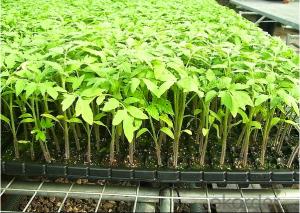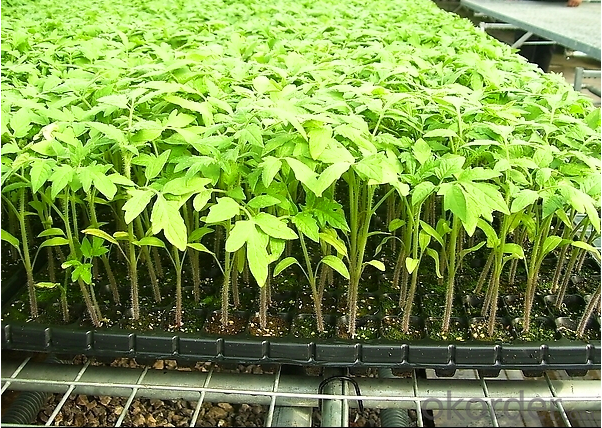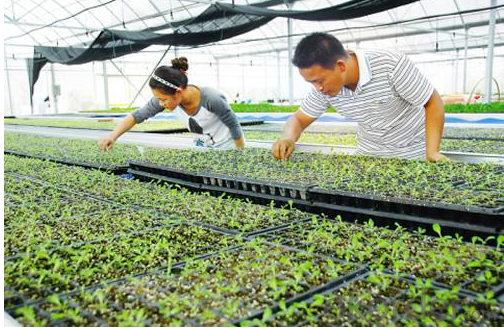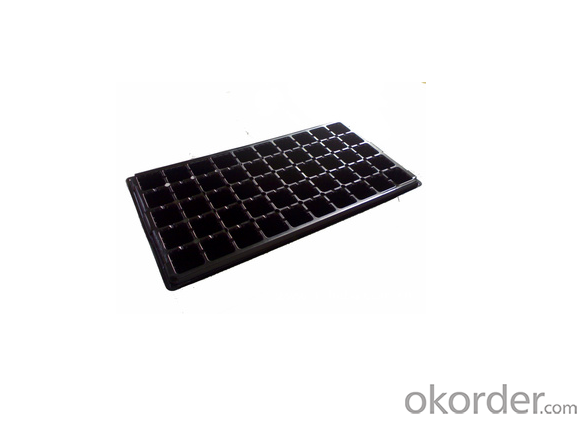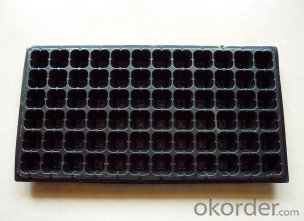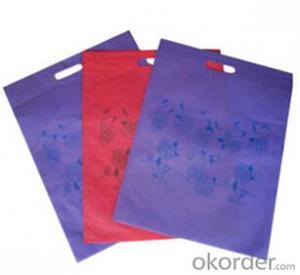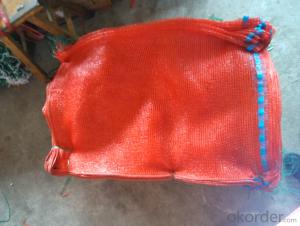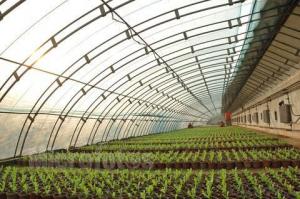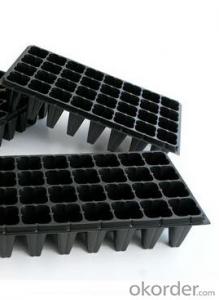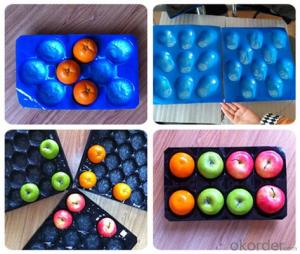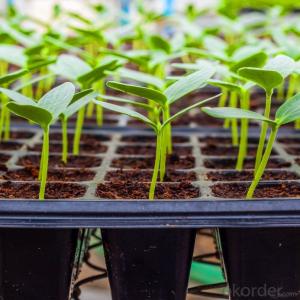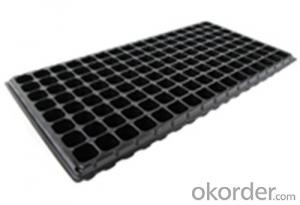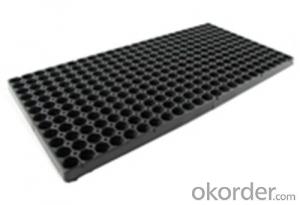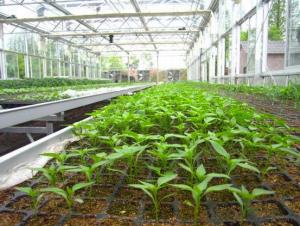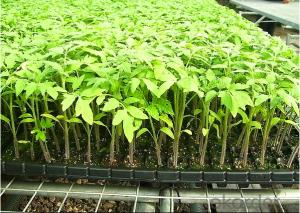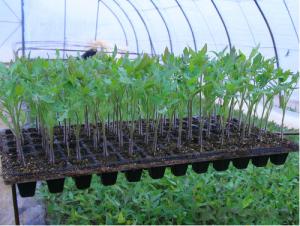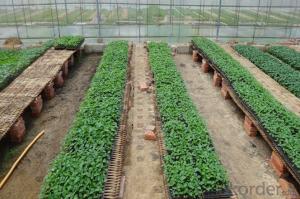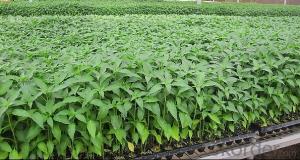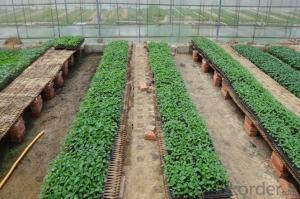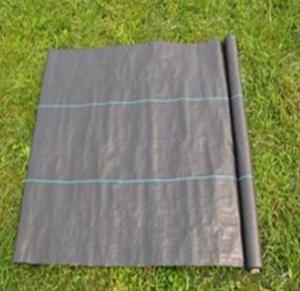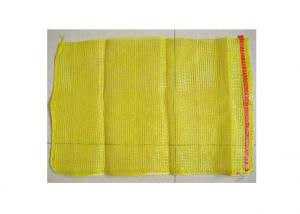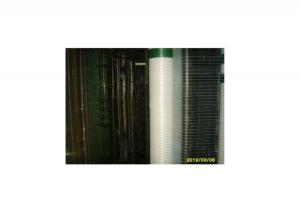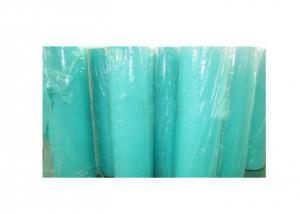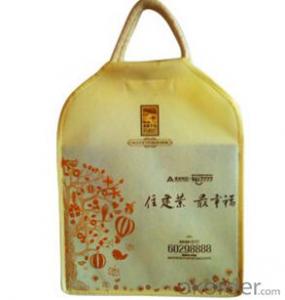Plug Trays Flat Tray Greenhouse Usage HIPS Made Plastic (Growing and Seedling)
- Loading Port:
- China main port
- Payment Terms:
- TT OR LC
- Min Order Qty:
- 3000 pc
- Supply Capability:
- 50000 pc/month
OKorder Service Pledge
OKorder Financial Service
You Might Also Like
Brief Introduction to CNBM:
CNBM International Corporation (CNBM International) is the most important trading platform of CNBM Group Corporation, a state-owned company under the direct supervision of State-owned Assets Supervision and Administration Commission of the State Council.
CNBM International is highly recognized by its business partners and clients all over the world and has obtained rapid development under the spirit of win-win. We will carry on the mutual beneficial, innovative and revolutionary trading structure as we did before, create value for our employees, share holders and clients and benefit the whole society in our future development.
Features of Plug Trays (Growing and Seedling) HIPS Made Plastic Plug Tray for Greenhouse:
· Material: HIPS
· Thickness: 0.5mm-1.5mm, Standard:1mm
· Weight: 80g(±5)g-230g(±5)g, Standard weight:155g(±5)g
· Size: length:490mm-540mm, width:190mm-345mm,depth:25mm-150mm
· Standard:540mmX280mm
· Cell count: 18-512
· Package: In Carton
· Warrenty: 8-10 times
Picture:
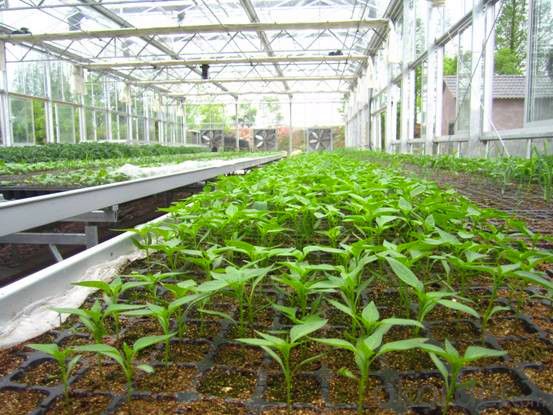
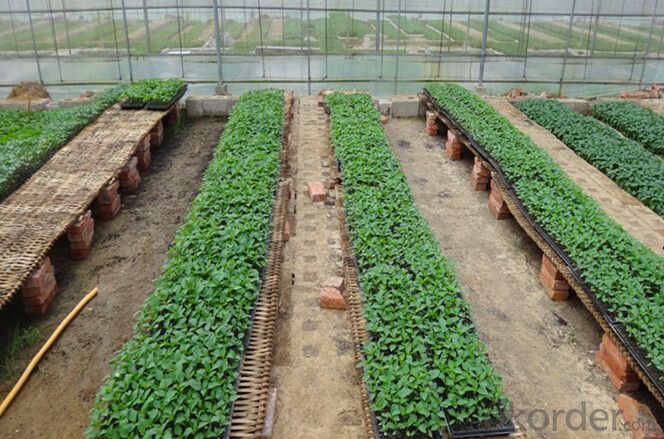
Specification of Plug Trays (Growing and Seedling) HIPS Made Plastic Plug Tray for Greenhouse:
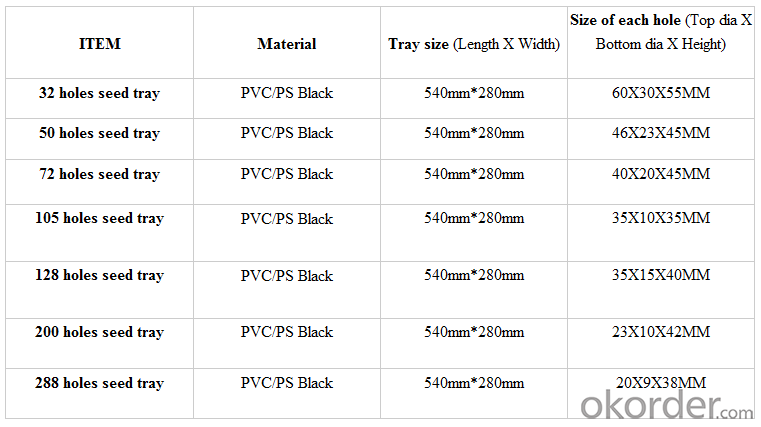
FAQ of Plug Trays (Growing and Seedling) HIPS Made Plastic Plug Tray for Greenhouse:
Q:1.How many times can the seed tray be used?
A: Under the same environment, it is decided by the thickness. Usually 0.6mm thickness can be used for 1 or 2 times.
1.0 thickness can be used for 3-4 times. 1.5 thickness can be used for 8-10 times.
Q: 2.How long is the production time?
A: Usually one to two weeks.
Q: 3.How is the seed tray being packaged?
A: They can be packaged in carton or pallets. Carton size is 1375px*725px*1250px.
- Q: Can ground cover plants be used to create a low-maintenance solution for city parks?
- Yes, ground cover plants can be used to create a low-maintenance solution for city parks. Ground cover plants such as grasses, mosses, or low-growing shrubs provide numerous benefits such as reducing soil erosion, suppressing weed growth, and requiring minimal watering and mowing. They also enhance the aesthetic appeal of parks and provide a natural habitat for insects and wildlife. Overall, using ground cover plants can significantly reduce maintenance costs and efforts while creating a visually pleasing and sustainable park environment.
- Q: How do nursery trays help in maintaining proper air circulation around plant roots?
- Nursery trays help in maintaining proper air circulation around plant roots by providing adequate spacing between each plant, allowing air to flow freely. The design of these trays often includes drainage holes, which prevent waterlogging and promote aeration. This ensures that plant roots receive the necessary oxygen for healthy growth and prevents the development of root diseases caused by excessive moisture.
- Q: I usually use plastic tampons but sometimes i use cardboard. I was just wondering whats the difference and what kind do you use?
- I usually use plastic, but I'll use cardboard if it has that Silk film on it and has a rounded tip. As for the kind, it depends on my budget that month, sometimes store brand, sometimes kotex, always..doesn't matter too much as long as I have something.
- Q: How are plastic livestock tags used in agriculture?
- Plastic livestock tags are used in agriculture to identify and track individual animals. These tags are attached to the animals' ears and contain information such as the owner's contact details, identification numbers, and other relevant data. This helps farmers keep records, manage breeding programs, monitor health and medication history, and track the movements of their livestock. It also facilitates traceability in the food supply chain and plays a crucial role in animal health and disease control measures.
- Q: Is it possible to recycle agricultural plastic products in my country?
- <p>Yes, many countries have recycling programs for agricultural plastic products. These programs aim to reduce waste and promote sustainability. The process typically involves collecting, cleaning, and reprocessing the plastics for reuse. However, the availability and efficiency of these programs can vary by region. It's advisable to check with local waste management authorities or recycling centers to understand the specific recycling options available in your area.</p>
- Q: Can nursery trays be used for starting edible flower transplants?
- Yes, nursery trays can be used for starting edible flower transplants. These trays provide a suitable environment for germinating seeds and nurturing young plants. However, it is important to ensure that the trays are clean and free from any chemicals or contaminants that could affect the edibility of the flowers. Additionally, proper care, such as regular watering and providing adequate sunlight, should be taken to ensure successful growth and development of the edible flower transplants.
- Q: Can ground cover be used to create a tropical-looking landscape?
- Yes, ground cover can be used to create a tropical-looking landscape. By selecting and planting appropriate tropical ground cover plants such as mosses, ferns, and low-growing flowering plants, one can achieve a lush and dense carpet-like effect reminiscent of tropical environments. Additionally, choosing ground covers with vibrant foliage colors and textures can further enhance the tropical aesthetic of the landscape.
- Q: How do you prevent leggy growth in nursery tray seedlings?
- Leggy growth in nursery tray seedlings can be prevented by providing adequate light and maintaining proper spacing between the seedlings. Additionally, ensuring the tray is placed in a well-ventilated area and avoiding overwatering can also help prevent leggy growth.
- Q: I volunteer at an old age home and one of the old women has had broken glasses for a while now and I would love to fix them how do I glue plastic?? I hate to have to tape it!!!
- 5 minute epoxy glue would probably work best for this problem. That way they wouldn't be without their glasses that long. As an older person, I thank you for the work you are doing for the elderly.
- Q: How are plastic insect traps used in agriculture?
- Plastic insect traps are commonly used in agriculture to monitor and control pest populations. These traps are strategically placed in fields or greenhouses, baited with pheromones or other attractants specific to target pests. Once attracted, the insects get trapped in the sticky surface of the trap, preventing them from causing damage to crops. This allows farmers to assess the severity of infestations and make informed decisions regarding pest control methods, such as pesticide application or implementing biological control measures.
Send your message to us
Plug Trays Flat Tray Greenhouse Usage HIPS Made Plastic (Growing and Seedling)
- Loading Port:
- China main port
- Payment Terms:
- TT OR LC
- Min Order Qty:
- 3000 pc
- Supply Capability:
- 50000 pc/month
OKorder Service Pledge
OKorder Financial Service
Similar products
Hot products
Hot Searches
Related keywords
